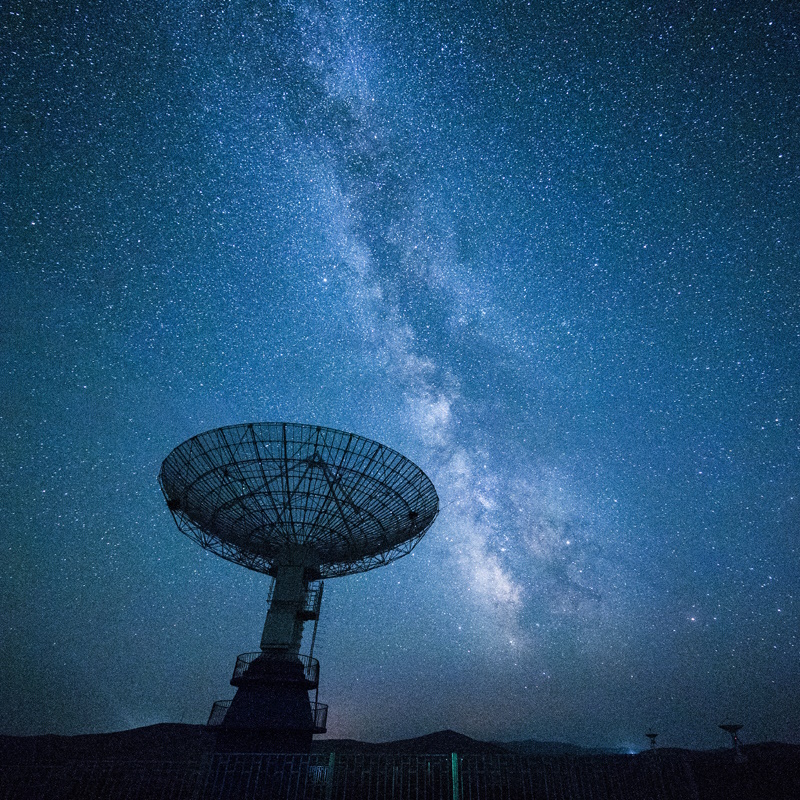The IPCC published two eagerly-awaited contributions to its Fifth Assessment Report, with the third and final thematic report launched yesterday,

The past few months represent an important step forward for our understanding of climate change, with the Intergovernmental Panel on Climate Change (IPCC) publishing two eagerly-awaited contributions to its Fifth Assessment Report (see In Verba commentary here and here). With the third and final thematic report launched yesterday, one distinction between this set of reports and their 2007 predecessors is clear: the conspicuousness of geoengineering.
‘Geoengineering’ refers to a suite of techniques to reduce global warming by intervening in the Earth’s climate system. It can involve removing carbon dioxide from the atmosphere (carbon dioxide removal, or CDR), or reflecting a small proportion of sunlight back into space (solar radiation management, or SRM).
The first instalment in the IPCC’s Fifth Assessment Report – The Physical Science Basis – raised media hackles when it devoted the final paragraph of its Summary for Policymakers (arguably the most widely read output) to geoengineering. It states:
‘Methods that aim to deliberately alter the climate system to counter climate change, termed geoengineering, have been proposed. Limited evidence precludes a comprehensive quantitative assessment of both Solar Radiation Management (SRM) and Carbon Dioxide Removal (CDR) and their impact on the climate system… CDR and SRM methods carry side effects and long-term consequences on a global scale’.
To some, this mention was justifiable (‘intellectual honesty’ even) in light of the report’s overriding message – that climate change is happening, that we’re causing it, and that even if emissions ceased altogether we’d still be committed to centuries of warming. To others, however, this denouement in the Summary for Policymakers (as opposed to text buried in the main report) assigned ‘premature legitimacy’ to the issue.
Discussions of geoengineering in the second instalment – Impacts, Adaptation and Vulnerability – were peppered throughout the main report and sparked less controversy. Chapter 19 (Emergent Risks and Key Vulnerabilities) provided the most detailed analysis. Though as the title suggests, risks rather than any potential benefits were the focus. The chapter summary states:
‘In addition to providing potential climate change abatement benefits, geoengineering poses widespread risks to society and ecosystems. For example, in some model experiments the implementation of Solar Radiation Management [SRM] for the purpose of limiting global warming leads to ozone depletion and reduces precipitation. In addition, the failure or abrupt halting of SRM risks rapid climate change’.
Geoengineering was also described as ‘emergency mitigation’ and as something that could receive more attention and resources in the event of a climate threshold being crossed.
The third report – Mitigation of Climate Change, published yesterday – similarly writes geoengineering into its pages. And once again, the tone is one of risk and uncertainty. The Summary for Policymakers states that the more ambitious mitigation scenarios:
‘typically rely on the availability and widespread deployment of BECCS and afforestation in the second half of the century. The availability and scale of these and other Carbon Dioxide Removal (CDR) techniques and methods are uncertain and CDR technologies and methods are, to varying degrees, associated with challenges and risks’.
BECCS, which stands for bioenergy with carbon capture and storage, involves burning biomass (trees, plant waste or woodchips) to generate electricity, capturing the carbon produced by burning, and then injecting that carbon into geological reservoirs. Like all geoengineering techniques, BECCS is controversial. And while the media fallout remains to be seen (the full report is yet to be finalised), environmental concerns have already been raised.
Five years on from the Royal Society’s report, Geoengineering the climate: science, governance and uncertainty, it’s encouraging to see that an issue previously shied away from in political discussions of climate change is now being acknowledged.
With interest in geoengineering growing, the IPCC reminds us that the time is ripe to establish the norms and governance mechanisms to ensure that any geoengineering research that proceeds is safe, ethical and subject to appropriate oversight and independent evaluation.
This is a view proffered by the Solar Radiation Management Governance Initiative (SRMGI) – which comprises the Royal Society, Environmental Defense Fund, and TWAS, the world academy of sciences – as it strives to foster inclusive, interdisciplinary and international dialogue on SRM.
But the IPCC’s engagement in this dialogue is no reason to get carried away. As SRMGI’s Alex Hanafi reminds us here, geoengineering remains (for now at least) a marginal issue. And key messages from the Fifth Assessment Report and SRMGI’s 2011 report alike should not be lost: we’re causing dangerous changes to our climate, and reducing greenhouse gas emissions should remain a global priority. The new kid on the block should not distract us from the old guard.
